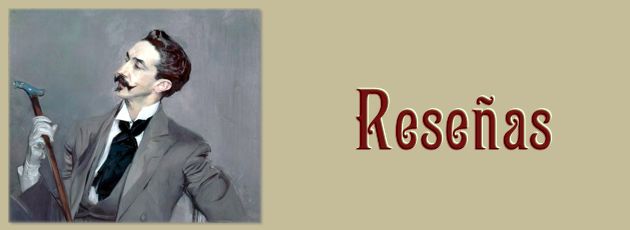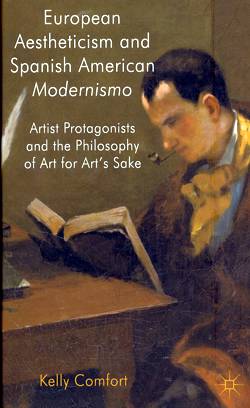
European Aestheticism and Spanish American Modernismo
Kelly Comfort, Georgia Institute of Technology
 UK: Palgrave MacMillan, 2011, 180 pp.
UK: Palgrave MacMillan, 2011, 180 pp.
European Aestheticism and Spanish American Modernismo examines the changing role of art and the artist during de turn-of-the-century period and considers the multiple dichotomies of art and life, aesthetics and economics, production and consumption, and center and periphery. Through a comparative analysis of fictional works from Wilde, Huysmans, and Mann in the European context and Darío, Silva, Casal and Gutiérrez Nájera in the Spanish American context, this transatlantic study locates a shared interest in the philosophy of ‘art for art’s sake’ in both aestheticism and modernism. The analysis of the aims and attitudes of diferent types of artist protagonists considers the intersection between the artist figure and the impressionistic and creative critic (chapters 1 and 2), the producers and consumers of art (chapters 3 and 4), and the aesthete, the dandy, and the flâneur (chapters 5 and 6). It also outlines the ways in which the artist figures avoid ‘art for life’s sake’ (Part I), protest ‘art for the market’s sake’ (Part II), or promote ‘life for art’s sake’ (Part III).
Kelly Comfort is Assistant Professor in the School of Modern Languages at Georgia Institute of Technology, USA. She edited and introduced the volume Art and Life in Aestheticism: De-Humanizing and Re-Humanizing Art, the Artist, and the Artistic Receptor and is author of various essays on fin-de-siècle European and Spanish American literature. Her research interests include aestheticism, modernism, and transatlantic literary studies.

